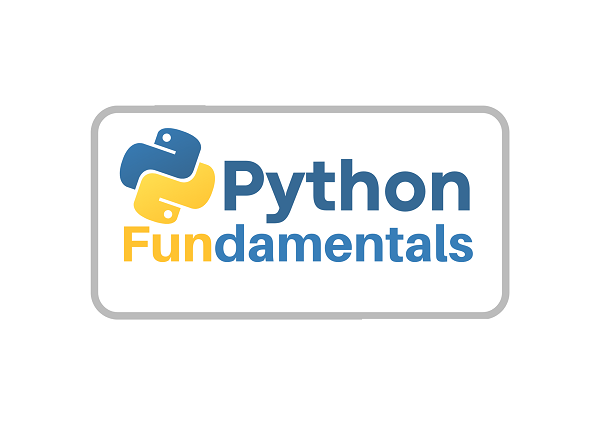The Future of Smartwatches: Best Ways ChatGPT is Revolutionizing the Game
Discover how ChatGPT, the powerful language model, is transforming the world of smartwatches. Explore 12 best key ways that ChatGPT is changing the game, from personalized recommendations to advanced health monitoring. Learn about the future of smartwatch technology and how ChatGPT is leading the way.
Smartwatches have become an integral part of our daily lives, but their limited functionalities have made them less popular than smartphones. However, with the integration of artificial intelligence (AI) chatbots such as ChatGPT, there are a number of ways in which smartwatches can be revolutionized.
ChatGPT, developed by OpenAI, is a
generative AI chatbot that feels like you're conversing with a real person at
times. OpenAI's GPT model is not limited to chatbots, as it has also been
incorporated into a wide range of technologies, such as smartwatches. The integration
of ChatGPT into smartwatches has the potential to revolutionize the way we
interact with wearable devices.
In this article, we will explore the best ways
ChatGPT can revolutionize smartwatches.
1. Enhanced Input Options:
With improved natural language processing capabilities, ChatGPT can make text
inputs, voice commands, and other inputs much easier and intuitive for
smartwatch users.
2. Personalized Watch Faces and Widgets:
Smartwatch users can expect more personalized watch faces and widgets that
offer enhanced functionality, such as voice inputs and text prompts, thanks to
ChatGPT integration.
3. Advanced Health and Fitness Tracking:
ChatGPT's ability to analyze data from multiple sources can have far-reaching
effects on health monitoring and fitness progress tracking, providing real-time
coaching support and insights.
4. Increased Integration and Personalization:
ChatGPT can provide users with relevant and personalized content based on their
preferences and interests, as well as survey questions, quizzes, and polls to
collect user feedback.
5. Real-Time Information and Insights:
ChatGPT integration can make the user experience more efficient and enjoyable
by providing real-time responses, feedback, and suggestions based on user
queries and location-based information.
6. Perform Quick Tasks on the Go:
ChatGPT can help users perform quick tasks such as composing emails, generating
images, and performing calculations, all without interrupting their workflow.
7. Personalized Recommendations:
With the help of ChatGPT, smartwatches can provide personalized recommendations
to users based on their preferences, habits, and behavior patterns. For
example, the chatbot can suggest the best workout routine based on the user's
fitness level, recommend the most suitable restaurant based on their past
orders, or suggest the most relevant news articles based on their interests.
8. Enhanced User Experience:
ChatGPT can improve the overall user experience of smartwatches by making them
more intuitive, easy to use, and interactive. The chatbot can guide users
through the various features and functions of the device, answer their
questions, and provide assistance when needed.
9. Improved Accessibility:
ChatGPT can make smartwatches more accessible to people with disabilities or
special needs by providing voice-based interactions, text-to-speech
capabilities, and other assistive technologies. This can enable users to
control their smartwatches hands-free, even if they have limited mobility or
dexterity.
10. Increased Efficiency:
By automating routine tasks and providing real-time updates and notifications,
ChatGPT can help users be more efficient and productive. For example, the
chatbot can remind users of important appointments, track their progress
towards their fitness goals, or provide them with weather updates and traffic
alerts.
11. Health Monitoring:
With the help of ChatGPT, smartwatches can become powerful health monitoring
devices, capable of tracking vital signs, detecting anomalies, and providing
early warning signs of potential health issues. This can enable users to take
proactive steps to improve their health and well-being.
12. Smart Home Integration:
ChatGPT can also facilitate integration with smart home devices, allowing users
to control their lights, appliances, and other connected devices from their
smartwatches. This can provide users with greater convenience and control over
their home environment.
While there are some limitations toChatGPT, such as its potential to misunderstand complex queries and the
challenges of implementing it on devices with limited processing power, it is
clear that ChatGPT has the potential to transform the way we use smartwatches
in the future.
For example, the ability to receive real-time health and fitness coaching support, or the ability to quickly perform tasks on the go, such as composing an email or text message, could greatly enhance the user experience.
In addition, ChatGPT's ability to analyze data from multiple sources and provide specific and concise responses could have far-reaching effects. Developers could use this technology to create chatbot functionality or complications within device watch faces, allowing users to access fitness data, health metrics, and real-time assistance.
Furthermore, as more consumers purchase smartwatches, it's becoming more important for brands to develop apps that are compatible with these devices. Through training the language model using a diverse range of data points, including user preferences, behaviors, and interests, it becomes feasible to create applications or products that are relevant to users.
Conclusion:
In conclusion, ChatGPT has the potential to
revolutionize smartwatches in a number of ways. While there are limitations to
its capabilities, the benefits it could bring to the wearable industry are
enormous. With continued development and improvements, we could see a new way
to experience smartwatches in the future.




Comments
Post a Comment